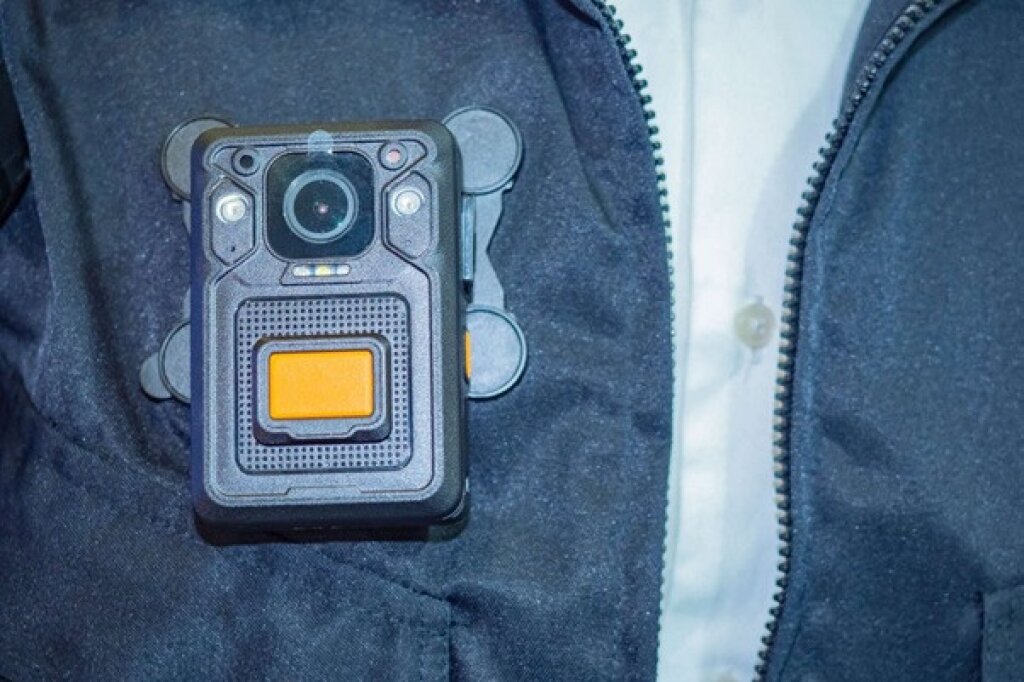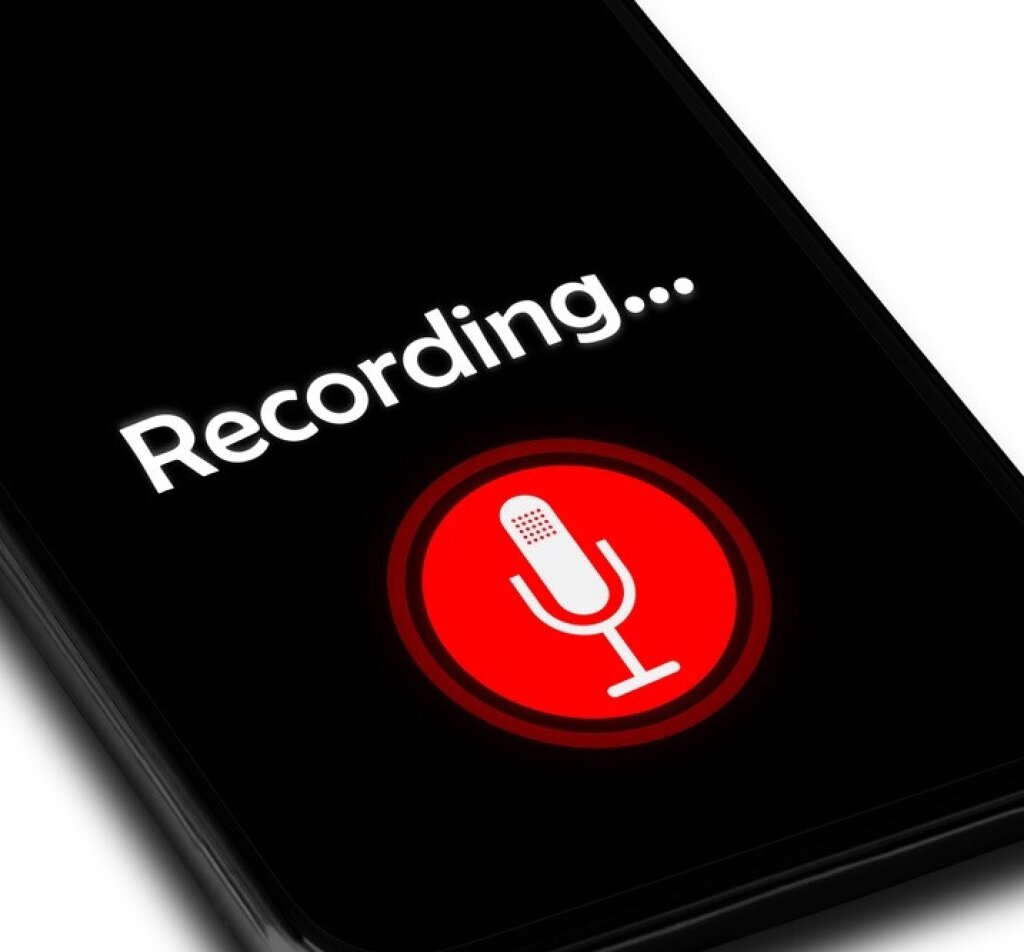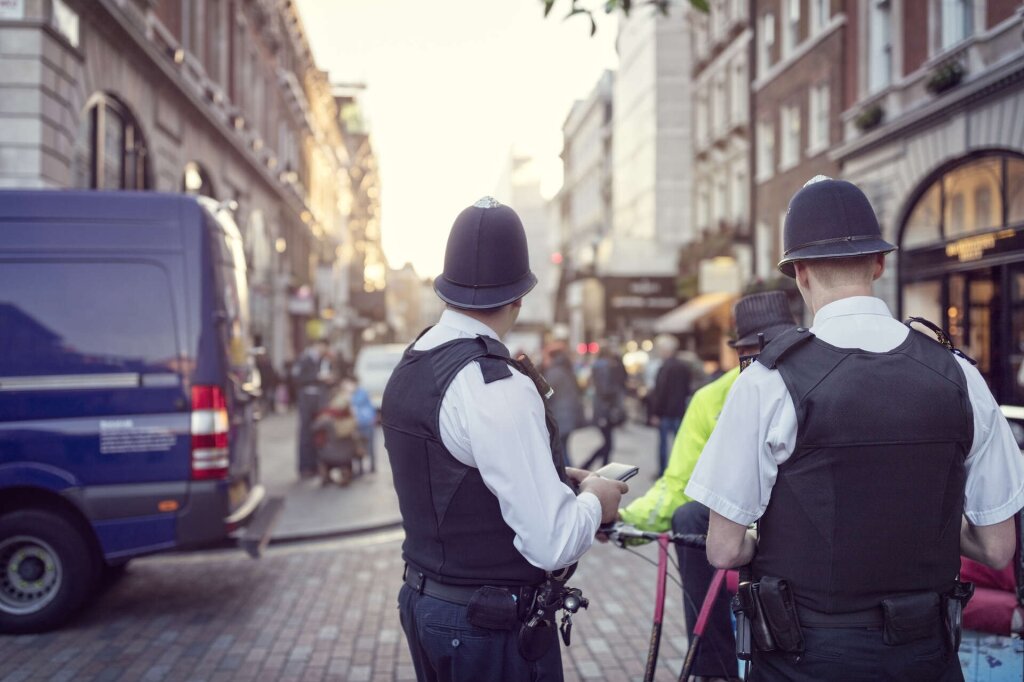Understanding Audio Redaction: Ensuring Compliance in a Digital Age
In this article, we look at what is audio redaction software, why it is important, why it is needed more today than in previous times and how to redact audio efficiently.
What Is Audio Redaction?
Audio redaction is the process of editing or removing sensitive or confidential information from audio recordings before they are shared or disclosed. This redaction process is crucial to ensure compliance with privacy laws, protecting identities and maintaining data security.
Unlike traditional redaction, which typically involves obscuring or removing text from documents, or blurring faces in videos, audio redaction requires advanced techniques such as muting, bleeping or replacing portions of speech while maintaining the context and integrity of the recording.
Why Is Audio Redaction Necessary for Compliance?
Various laws and regulations mandate the protection of personal and sensitive information in audio recordings. Key compliance requirements include:
Privacy Laws
Regulations such as the General Data Protection Regulation (GDPR) in Europe, the Health Insurance Portability and Accountability Act (HIPAA) in the U.S., and the California Consumer Privacy Act (CCPA) require that personal data be protected from unauthorised disclosure.Law Enforcement and Legal Compliance
Police departments, courts and other governmental agencies must comply with laws ensuring that personally identifiable information (PII), victim details and sensitive case information are not publicly disclosed without proper authorisation.Corporate and Financial Regulations
Businesses, especially in finance and healthcare, are required to safeguard client information, trade secrets and other confidential data when handling recorded customer service interactions or legal proceedings.
Failure to properly redact audio recordings can lead to legal consequences, financial penalties and reputational damage, making audio redaction an essential practice for organisations handling sensitive voice data.
Why Is Audio Redaction Important?
Various organisations, including commercial operations such as retailers, law enforcement agencies, legal firms and healthcare providers, are responsible for ensuring that Personally Identifiable Information (PII) remains confidential.
Whenever an audio recording contains an individual's PII, it becomes essential to redact that information to maintain privacy and comply with regulations.
Given that multiple industries handle sensitive data, effective audio redaction plays a vital role in data security and regulatory compliance.
Any organisation that records conversations involving personal details has a duty to protect such information.
For example, legal professionals must adhere to strict confidentiality standards, and educational institutions.
Financial institutions also need to safeguard customer information. Consider payment details, such as credit card numbers shared verbally during transactions. Financila bodies must comply with the Payment Card Industry Data Security Standard (PCI DSS). Customers expect their financial data to remain secure, and a breach in trust could result in loss of clientele for banks or credit card companies.
In the healthcare sector, providers such as pharmacies, must comply with regulations to avoid legal penalties when discussing matters such as prescriptions.
What Information Should Be Redacted?
Certain types of information must be redacted from audio recordings to protect privacy. These include:
Personally Identifiable Information (PII)
Includes names, addresses, phone numbers, social security numbers, driver’s licence numbers, medical records and other identifying details.Confidential Information
Encompasses financial records, banking details, credit card numbers and transaction histories.Sensitive Information
Covers details related to an individual’s religious beliefs, political views or sexual orientation.
It is important to note that redaction differs from audio editing. While editing alters the content of an audio file, redaction solely removes sensitive information without modifying other aspects of the recording.
Challenges in Audio Redaction
Despite its necessity, audio redaction presents several challenges. Ensuring complete accuracy can be difficult, as human editors or software may occasionally overlook sensitive details. Moreover, protecting unredacted files is critical since they contain confidential data.
Another challenge is maintaining audio quality. If redaction is performed multiple times on the same file, it can degrade sound clarity, making it difficult to use in legal or investigative contexts.
Accuracy in the redaction process helps minimise the need for repeated modifications, which preserves the integrity of the original recording.
Methods of Audio Redaction
Manual Redaction
Manually editing audio files to remove sensitive data is a labour-intensive task, often requiring two to five minutes of work per minute of audio. For instance, redacting a ten-minute emergency services call could take nearly an hour.
Some legal systems, such as California’s, mandate the release of court evidence within specific timeframes. When such evidence includes audio, agencies must ensure that all necessary redactions are completed while meeting legal deadlines.
If an hour-long recording requires multiple hours of editing, organisations must allocate significant resources to this process. As a result, manual redaction can be time-consuming and costly, and is frequently prone to human error.
Automated Redaction Using AI
Technology has made redaction more efficient through AI-driven solutions. Automated redaction software streamlines the process by identifying and concealing key information within audio files.
These redaction systems can detect names, addresses and other sensitive details using keyword searches. Additionally, transcription-based audio redaction enables users to review and verify edits for accuracy.
Best Practices for Audio Redaction
For teams managing extensive redaction workloads, professional redaction software offers a practical solution. Users can specify audio segments for redaction and choose whether to mute or censor them.
Organisations must also adhere to the legal standards governing their industries. Non-compliance with these regulations can lead to legal repercussions and loss of public trust.
To maintain compliance, agencies should regularly review and update their redaction protocols. Staying informed about evolving regulations ensures that redaction practices align with the latest privacy standards.

The Impact of Body-Worn Cameras on Audio Redaction Needs
The widespread adoption of body-worn cameras (BWCs) by law enforcement agencies has significantly increased the demand for effective audio redaction solutions. BWCs capture real-time interactions, often including personal conversations, crime scene details and bystander information. The rise in BWC recordings has amplified the need for:
Automated Redaction Tools
Owing to the sheer volume of footage, manual redaction is often impractical. AI-powered software can help detect and redact sensitive audio data more efficiently.Secure Data Management
With more recorded evidence being stored and shared, robust encryption and controlled access to redacted and unredacted files have become crucial.Public Transparency and Trust
While BWCs promote accountability and transparency, they also pose challenges in balancing public access to footage with privacy protection. Proper redaction ensures that sensitive information is not exposed while maintaining the integrity of the recordings.
Do the Police Have to Redact Audio?
The police are required to redact audio recordings when audio is made public, for example in court or when released to the media. Redaction regulations depend on the jurisdiction and the context in which the audio is being released.
In the majority of regions, law enforcement agencies must redact certain portions of audio recordings before releasing them to the public. Typical examples that require redaction include:
Personal Identifiable Information (PII) (e.g., names, addresses, Social Security numbers)
Victim and Witness Information (especially in sensitive cases)
Juvenile Information
Ongoing Investigation Details
Sensitive Law Enforcement Tactics
In general, law enforcement agencies must follow the same privacy laws as other organisations that hold or share data.
Use Cases for Audio Redaction
1. Retail Case – Body Cam Audio Redaction
A national retail chain equips security personnel with body worn cameras to monitor in-store incidents. During an altercation, sensitive customer conversations and payment details are inadvertently recorded. Before sharing footage with law enforcement or legal teams, the retailer redacts personally identifiable information (PII) and private conversations using audio redaction software. This ensures compliance with privacy laws, protects customer confidentiality and maintains transparency while still preserving critical evidence for investigations.
2. School Case – Playground Audio Redaction
A school uses audio surveillance to monitor student safety during recess. In reviewing recordings for a bullying incident, administrators discover students discussing private family matters. To protect student privacy, the school implements audio redaction, muting non-relevant conversations before sharing the recording with parents or authorities. This approach safeguards student confidentiality, complies with child protection laws and ensures only relevant information is used for resolving safety concerns.
3. Office Case – Phone Recording Audio Redaction
A financial services firm records customer service calls for quality assurance. During a dispute resolution review, a call contains a customer’s credit card number and personal medical information. To comply with data protection regulations like GDPR and HIPAA, the firm uses audio redaction to remove sensitive details before archiving or sharing the recording internally. This audio redaction process helps maintain compliance, protect customer confidentiality and reduce the risk of data breaches or legal issues.
Future Trends in Audio Redaction
Advancements in artificial intelligence and speech recognition are shaping the future of audio redaction. Automated tools are becoming more sophisticated, capable of identifying and redacting sensitive information with minimal human intervention. Additionally, improvements in real-time redaction capabilities may soon enable live audio streams to be censored in accordance with privacy laws.
As technology evolves and the use of audio recordings continues to grow across industries, the importance of audio redaction will only increase.
Organisations must invest in robust redaction strategies to remain compliant, protect sensitive information, and build trust with the public.
Conclusion: Audio Redaction
Effective audio redaction is essential for safeguarding personal information across various industries. Healthcare providers, law enforcement agencies and financial institutions must ensure that PII, confidential data and other sensitive details are protected.
The use of professional audio redaction software, such as Facit’s Identity Cloak, which redacts audio and video, significantly enhances efficiency and accuracy. Audio redaction tools reduce redaction time by up to 90%, making the process more manageable.
Additionally, organisations must prioritise compliance with industry regulations to avoid legal and financial risks. By staying informed and implementing best practices, businesses can maintain the trust of the individuals they serve while ensuring data security.
For those interested to learn more about audio redaction tools and services, consulting with a redaction technology expert can provide valuable insights into optimising privacy protection efforts. Get in touch with Facit.



